Homemaking Tips for Maintaining a Safe and Supportive Environment
Essential Strategies for Creating a Safe and Supportive Home for Seniors
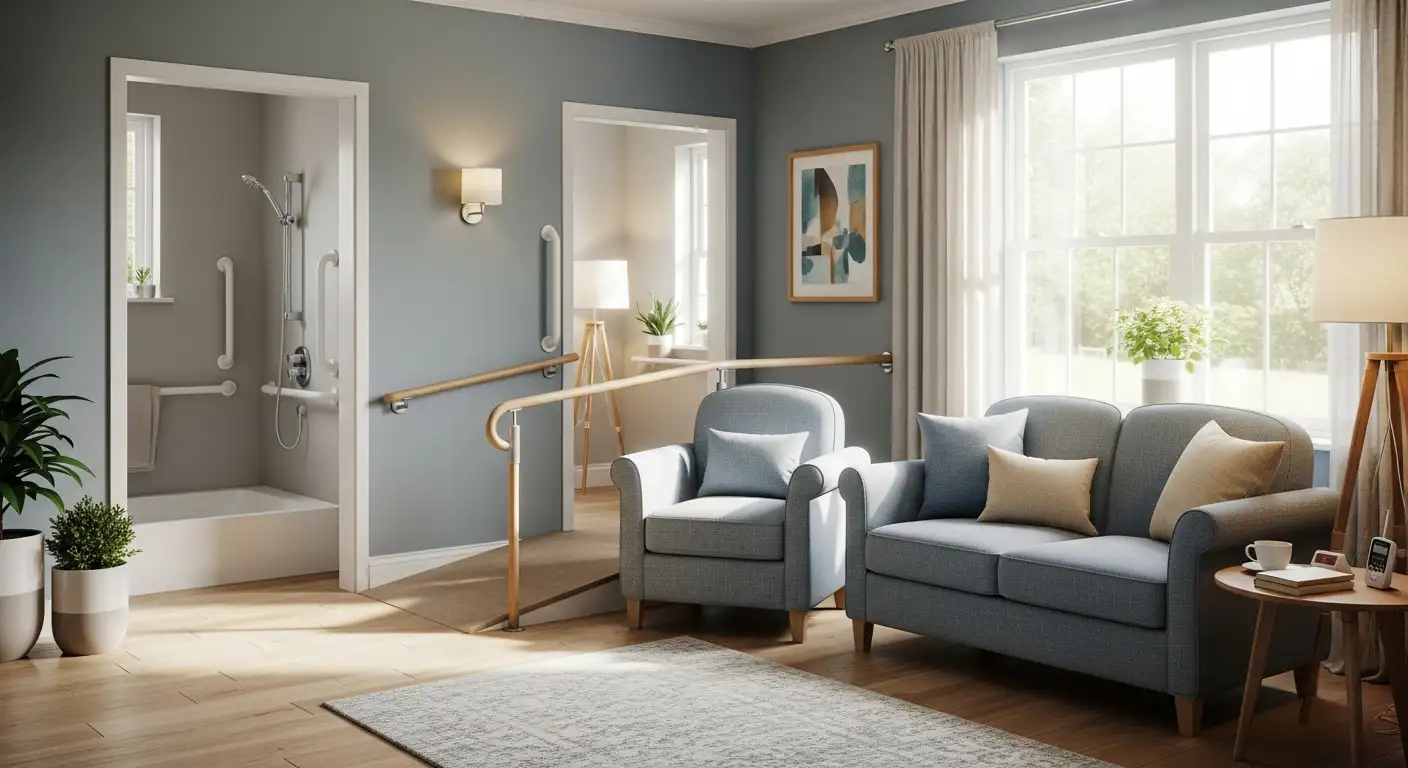
Why a Safe and Supportive Home Environment Matters
Maintaining a safe and supportive home environment is critical for the well-being and independence of elderly individuals and those needing assistance. With the aging population growing, many seniors prefer to age in place, relying on home health agencies, family caregivers, and community resources. This article explores practical homemaking tips and professional care strategies aimed at fostering safety, comfort, and emotional support within the home, ensuring seniors can live with dignity and peace of mind.
Comprehensive Home Safety Assessments and Environmental Modifications

What Are Home Safety Assessments and Why Are They Essential?
Home safety assessments are thorough evaluations of an elderly person's living environment aimed at identifying potential hazards that could lead to falls, injuries, or medical emergencies. These assessments play a crucial role in creating a safe and supportive home environment, especially for those with mobility or cognitive challenges.
Common Environmental Hazards in Elderly Homes
Typical hazards include slippery floors, cluttered walkways, poor lighting, unstable furniture, lack of handrails, and unsecured rugs. These risks significantly increase the chances of falls and accidents among seniors.
How Can Hazard Mitigation Be Effectively Achieved?
Effective mitigation involves removing clutter, securing loose rugs with non-slip pads or double-sided tape, and arranging furniture to ensure free, unobstructed movement throughout the home. Installing grab bars and railings near stairs and in bathrooms further reduces the risk of falls.
What Role Do Lighting Improvements Play?
Enhancing lighting with night lights and motion sensors improves visibility during nighttime movements, while installing adequate overhead lighting reduces shadows and dark corners where accidents can happen.
Importance of Non-Slip Flooring and Rugs
Non-slip mats in bathrooms and non-slip flooring materials are vital for preventing slips on wet surfaces. Rugs should be secured to avoid tripping and slipping hazards.
Why Are Smoke and Carbon Monoxide Detectors Critical?
Installing these detectors on every level of the home and near bedrooms ensures early warning in case of fires or harmful gas leaks. Regular functionality checks maintain their reliability.
First Aid Preparedness for Emergencies
Maintaining an up-to-date first aid kit and formulating emergency escape plans, which are practiced regularly, equips both the elderly individual and caregivers to respond efficiently in crises.
These comprehensive assessment and modification measures collectively create a safer home environment, promoting independence and peace of mind for elderly residents and their families.
Effective Use of Assistive Equipment and Mobility Aids
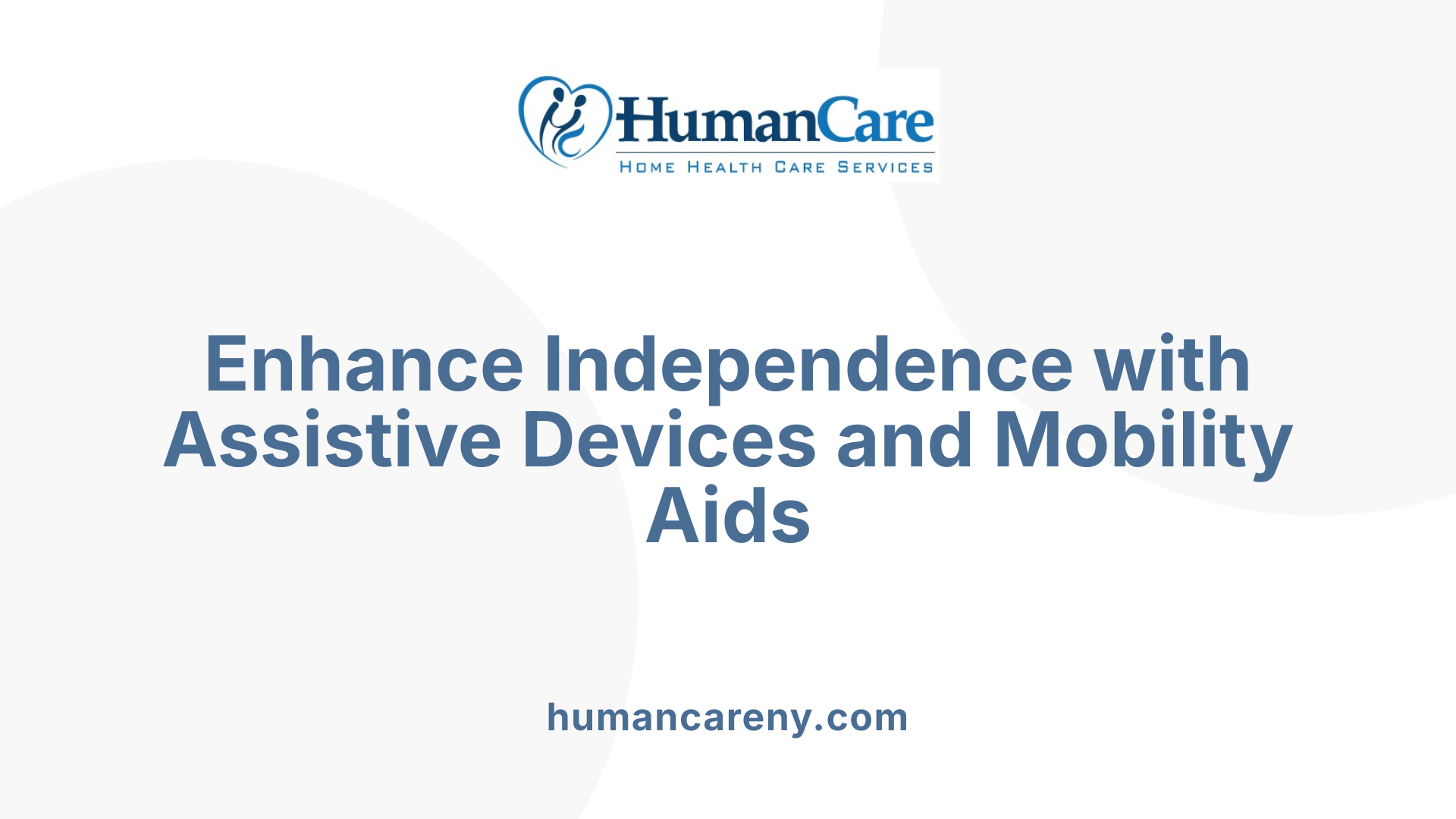
Adjustable Beds
Adjustable beds provide seniors the ability to change their sleeping position, offering enhanced comfort and support. They aid in reducing pressure points and facilitate easier getting in and out of bed, which can prevent falls.
Non-Slip Mats and Bath Chairs
Non-slip mats are essential in bathrooms to prevent slipping on wet surfaces. When combined with bath chairs, they provide a safe and comfortable space for seniors to bathe independently or with assistance, reducing the risk of falls.
Raised Toilet Seats
Raised toilet seats help reduce the distance seniors need to lower themselves, making sitting down and standing up easier and safer. This equipment is particularly beneficial for individuals with limited mobility or strength.
Medication Organizers
Medication organizers simplify medication management by sorting doses by day and time. They help prevent missed or double doses, which is critical for elderly individuals managing multiple prescriptions.
Mobility Aids
Mobility aids such as canes, walkers, and wheelchairs enhance independence while reducing fall risks. Proper selection and fitting of these aids are important for effectiveness and comfort.
Proper Maintenance of Medical Equipment
Routine maintenance is vital to ensure that all assistive devices and medical equipment operate correctly and safely. This includes checking for wear and tear, cleaning, and timely repairs or replacements.
Using these assistive tools effectively supports seniors' safety, independence, and overall well-being in the home environment.
Coordinated In-Home Care Services: Nursing, Therapy, and Personal Assistance
Role of Home Health Agencies
Home health agencies play a vital role in supporting elderly individuals to maintain safe and supportive environments in their homes. These agencies coordinate a variety of care services, ensuring that elders receive comprehensive support tailored to their health needs and personal preferences.
Nursing and Physical Therapy
Such agencies provide skilled nursing care for patients recovering from illness or managing chronic conditions like diabetes. In addition, they offer physical therapy services designed to improve mobility and independence, which can range from light daily exercises to more intensive rehabilitation exercises.
Medication and Wound Care
Home health care services assist with critical health tasks, including medication management and wound care. This ensures adherence to prescribed treatments and the proper healing of wounds, which is crucial for preventing complications and promoting recovery.
Personal Care Assistance
In-home personal care support encompasses help with bathing, dressing, grooming, and mobility. These activities are often provided by family members, trained aides, or through programs like the Consumer Directed Personal Assistance Program (CDPAP), which enables seniors to have more control over who assists them.
CDPAP and Medicare-Certified Services
The Consumer Directed Personal Assistance Program allows eligible individuals to hire and direct their own personal care assistants, providing flexibility and personalized support. Meanwhile, Medicare-certified agencies offer specialized skilled nursing and therapy services that meet federal standards, providing trustworthy care options for elderly patients.
Respite Care for Family Caregivers
Respite care services provide temporary relief to primary caregivers, helping to prevent burnout while ensuring continuous care for elderly individuals. These services can be arranged through home health agencies or specialized respite programs, allowing family members to rest and recharge without compromising the wellbeing of their loved ones.
Promoting Daily Health and Wellness Through Nutrition and Exercise
Nutritious Meal Planning and Hydration
Proper nutrition is fundamental for the health and wellness of elderly individuals living at home. Planning balanced meals that meet dietary needs supports overall well-being and energy levels. It is equally vital to ensure regular hydration to maintain bodily functions and prevent conditions such as dehydration.
Meal Delivery Programs Like Meals on Wheels
For seniors who may have difficulty preparing meals, programs such as Meals on Wheels provide a valuable resource by delivering nutritious meals directly to their homes. These meals are often tailored to accommodate special dietary requirements, though they typically do not include meal preparation or feeding assistance.
Light Daily Exercise
Encouraging light physical activity like walking, stretching, or chair exercises can help maintain mobility, strength, and independence. Such routines are manageable and can be adapted to different ability levels, promoting physical health without undue strain.
Engaging Mental and Physical Activities
Beyond physical health, stimulating mental engagement is important. Activities such as listening to music, puzzles, gardening, and cooking can foster mental alertness and offer enjoyment. These activities contribute to sustained cognitive function and emotional wellness.
Encouraging a combination of nutritious eating, adequate hydration, gentle exercise, and engaging activities fosters a supportive environment that promotes the daily health and wellness of older adults at home.
Managing Medications and Health Appointments Safely
Effective Medication Management Strategies
Managing medications safely is essential for elderly individuals living at home. Consistent routines and clear schedules help reduce errors and missed doses. Using medication organizers — such as pillboxes with daily or weekly compartments — allows for easy sorting and tracking of medications.
Secure Storage of Medications
To prevent accidental ingestion or misuse, medications should be stored in lockable storage units. This safeguards vulnerable seniors, especially those with cognitive impairments, and restricts unauthorized access to prescription drugs.
Tracking Health Appointments
Maintaining a calendar or digital reminder system for medical appointments ensures seniors keep up with regular check-ups and therapies. Recording these dates and any related instructions helps caregivers and professionals coordinate care effectively.
Role of Caregivers and Healthcare Professionals
Family members, trained aides, or home health professionals play a crucial role in monitoring medication adherence and managing appointments. Their involvement supports correct usage, timely refills, and communication with doctors or pharmacists, fostering a comprehensive approach to health management.
By combining organizational tools, secure storage, diligent scheduling, and active caregiver participation, elderly individuals can maintain better control over their medications and health appointments, promoting safety and wellbeing at home.
Supporting Emotional Well-being and Social Connectivity
What are friendly visitor and senior companion programs?
Friendly visitor and senior companion programs are volunteer-based services that offer elderly individuals companionship and support at no cost. Volunteers regularly visit seniors to provide conversation and social interaction, helping to reduce feelings of loneliness and isolation. Though these programs are generally not covered by Medicare or Medicaid, they serve as valuable resources to promote emotional well-being.
How do support groups and senior centers help?
Support groups and senior centers create environments where older adults can connect with peers, share experiences, and participate in social activities. These community resources offer group discussions, recreational events, and educational programs designed to strengthen social bonds and foster a sense of belonging.
Why is family involvement and communication important?
Active family involvement and open communication in caregiving routines play a critical role in supporting emotional health. It helps prevent caregiver burnout while ensuring that seniors receive consistent care imbued with emotional support. Family members can coordinate with care providers and maintain relationships that reinforce the elder's sense of security and trust.
Which activities promote socialization and mental engagement?
Engaging seniors in activities such as music, puzzles, gardening, and cooking promotes both mental and physical activity. Group activities enhance socialization by encouraging interaction and collaboration. These stimulating tasks support cognitive health and contribute to overall happiness.
How does mental health professional support improve well-being?
Mental health professionals provide tailored emotional support and counseling to address issues like depression, anxiety, or grief. Their involvement complements medical and home care services by addressing psychological needs, which is essential for a holistic approach to elder care.
Overall, integrating social connectivity services and family engagement substantially enhances the emotional well-being and quality of life for elderly individuals living at home.
Emergency Preparedness and Safety Protocols in the Home

Emergency Medical Alert Systems
For elderly individuals living alone or with limited mobility, emergency medical alert systems are crucial. These devices allow users to quickly summon help in case of a fall or medical emergency. Many systems also include GPS tracking to locate the individual if they wander, especially helpful for those with cognitive impairments. Costs vary, and these devices are generally not covered by Medicare.
Fall Monitors and GPS Tracking
Specialized fall monitors automatically detect when a fall occurs, alerting caregivers or emergency services immediately. Combined with GPS tracking, these tools provide an extra layer of security ensuring timely assistance and quick response.
Emergency Escape Plans
Regularly practicing clear escape plans is essential. These plans should include routes from every room, especially bedrooms, and identify safe meeting spots outside the home. Caregivers and family members must review and rehearse these plans with the elderly person to ensure familiarity and confidence.
Training Caregivers for Emergency Response
Proper training for caregivers in emergency procedures is fundamental. This includes CPR, first aid, recognizing medical emergencies, and how to respond calmly and efficiently. Ongoing training helps caregivers maintain readiness for unforeseen incidents.
First Aid Kits Maintenance
Maintaining an up-to-date first aid kit in an easily accessible location is vital. The kit should include essentials like bandages, antiseptics, gloves, and scissors. Regularly checking the kit ensures that none of the supplies are expired or depleted.
Smoke and Carbon Monoxide Detector Checks
Smoke and carbon monoxide detectors should be installed on every level of the home, particularly near sleeping areas. These devices must be tested monthly to ensure functionality, and batteries should be replaced at least annually or as needed.
Implementing these preparedness measures within the home creates an environment that prioritizes the safety and wellbeing of elderly residents, offering peace of mind for both the individuals and their caregivers.
Caregiver Training, Safety, and Ethical Considerations

What Training Should Caregivers Receive?
Caregiver training is vital to ensure the safety and well-being of elderly clients. Proper instruction in patient transfer techniques helps prevent musculoskeletal injuries for both caregivers and patients. Infection control practices, including use of personal protective equipment (PPE) and hygiene protocols, reduce the risk of cross-contamination. Emergency response training prepares caregivers to act swiftly during falls, medical crises, or other urgent situations.
How Can Caregiver Burnout Be Prevented?
Preventing caregiver burnout is essential to maintain the quality of in-home elder care. Respite services provide temporary relief to primary caregivers, allowing them to rest and recharge. Adult day care programs offer social and health-related activities for seniors, reducing caregiver strain. Professional care management can also offer emotional and logistical support to families navigating complex care needs.
Why Is Privacy and Respect Important in Home Care?
Respecting privacy upholds the dignity and trust of elderly clients. This involves honoring individual preferences, cultural customs, and personal routines. Confidentiality protocols safeguard sensitive personal information, ensuring client security. In live-in care settings, caregivers balance necessary observation with discretion to foster client independence.
What Role Do Consistent Caregiver Assignments Play?
Assigning consistent caregivers builds trust and reduces anxiety among elderly clients. Familiarity enhances communication and allows caregivers to better understand client needs, preferences, and routines. This continuity contributes to a more comfortable and secure home environment.
How Are Communication and Accountability Maintained?
Clear communication among caregivers, clients, and families is crucial. Agencies implement accountability measures including thorough screening, training, and adherence to care plans. Regular updates and open dialogue prevent misunderstandings and ensure comprehensive support. These practices collectively enhance safety and quality in home care.
Leveraging Community Resources and Professional Support Services
How Can Transportation Assistance Benefit Elderly Individuals?
Transportation assistance plays a crucial role in maintaining independence for older adults who live at home. Community volunteer drivers and programs offering discounted or free public transit enable seniors to attend medical appointments, run errands, and engage in social activities safely and reliably.
What Financial Management Support Is Available?
Managing bills, paperwork, and other financial responsibilities can be overwhelming for elderly individuals. Resources such as Area Agencies on Aging provide assistance with these tasks. Additionally, power of attorney arrangements can be arranged to help designated family members or trusted individuals handle financial matters efficiently.
How Do Home Modification Programs Improve Safety?
Home modification programs are designed to adapt living spaces to better suit the needs of older adults. These modifications include installing grab bars, improving lighting, and securing rugs, all aimed at reducing fall risks and enhancing mobility within the home environment.
What Role Do Geriatric Care Managers Play?
Geriatric care managers are professionals who help tailor care plans to meet the specific physical, emotional, and social needs of elderly clients. They coordinate various services, oversee caregiving arrangements, and provide guidance to families, ensuring comprehensive and personalized care.
How Can Professional Caregiving Agencies Like Happier at Home Support Seniors?
Agencies such as Happier at Home offer a range of services including personal care, companion care, transportation, and health support. Their trained caregivers facilitate a safe and independent living environment by addressing both medical and non-medical needs in a trusted, dignified manner.
| Resource Type | Description | Benefits |
|---|---|---|
| Transportation Assistance | Volunteer drivers and subsidized transit for seniors | Maintains independence and access to services |
| Financial Management Support | Assistance with bills and legal financial arrangements | Reduces stress and improves financial security |
| Home Modification Programs | Modifications like grab bars and improved lighting | Enhances safety and reduces fall risk |
| Geriatric Care Managers | Professionals coordinating comprehensive elder care | Personalized care and family support |
| Professional Caregiving Agencies | Provide health and personal care through trained staff | Supports independence and well-being |
Building a Safe and Supportive Home: A Collaborative Approach
Creating and maintaining a safe, supportive, and dignified home environment for elderly individuals requires thoughtful planning, coordinated care, and utilization of available resources. From thorough home safety assessments and use of assistive devices to comprehensive in-home care services, nutrition, and emotional support, every aspect contributes to enhancing quality of life. Family involvement, professional caregiver training, and community programs play pivotal roles in sustaining these environments. By embracing a proactive, respectful, and collaborative approach, caregivers and seniors alike can foster homes where safety and support enable independence and well-being.

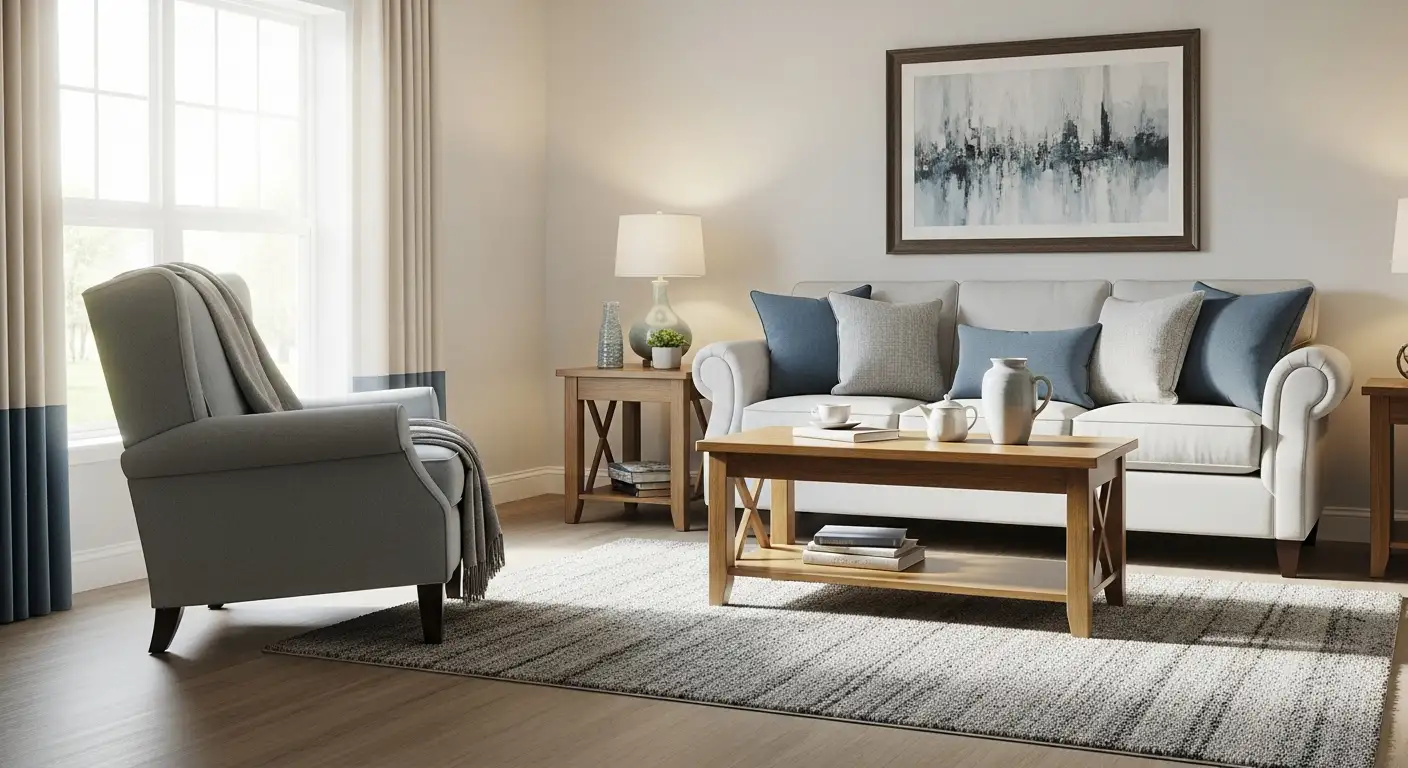
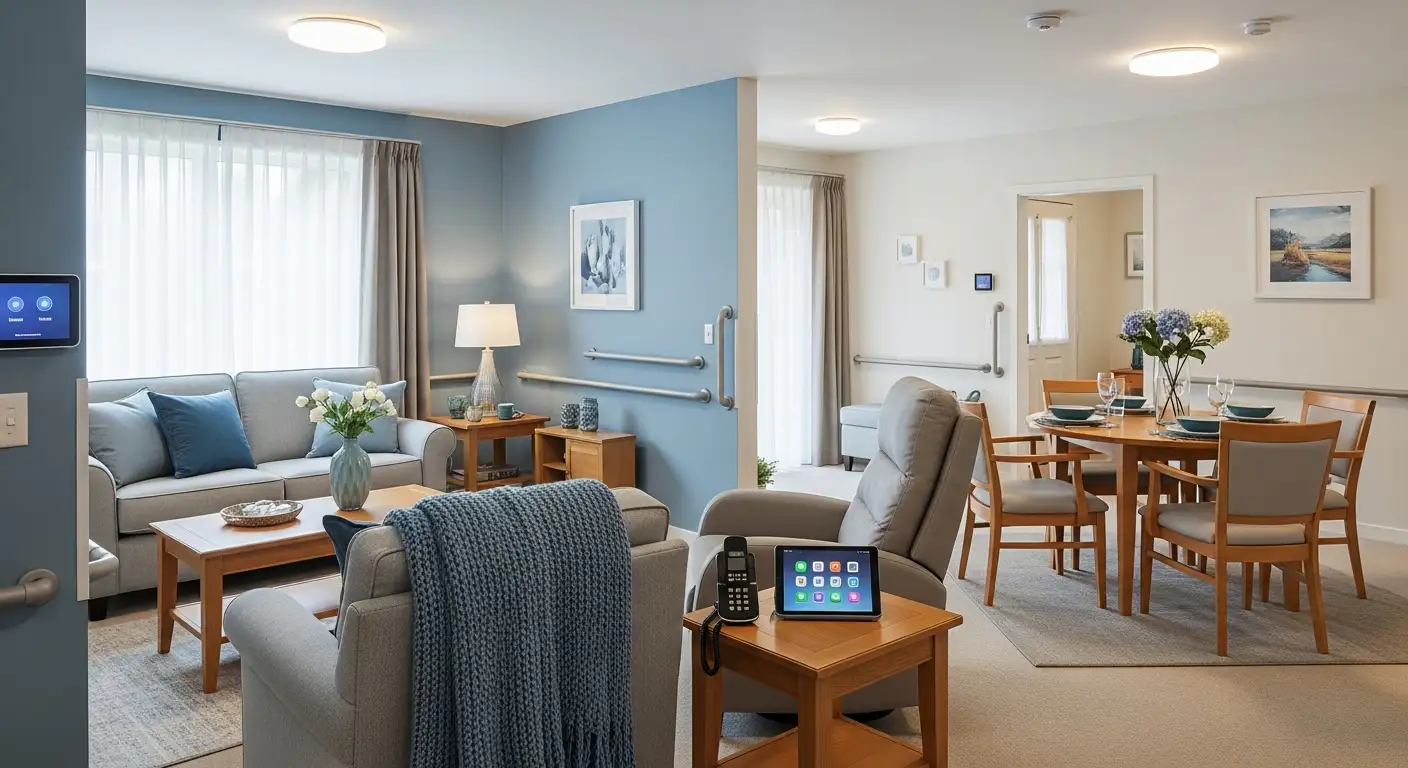


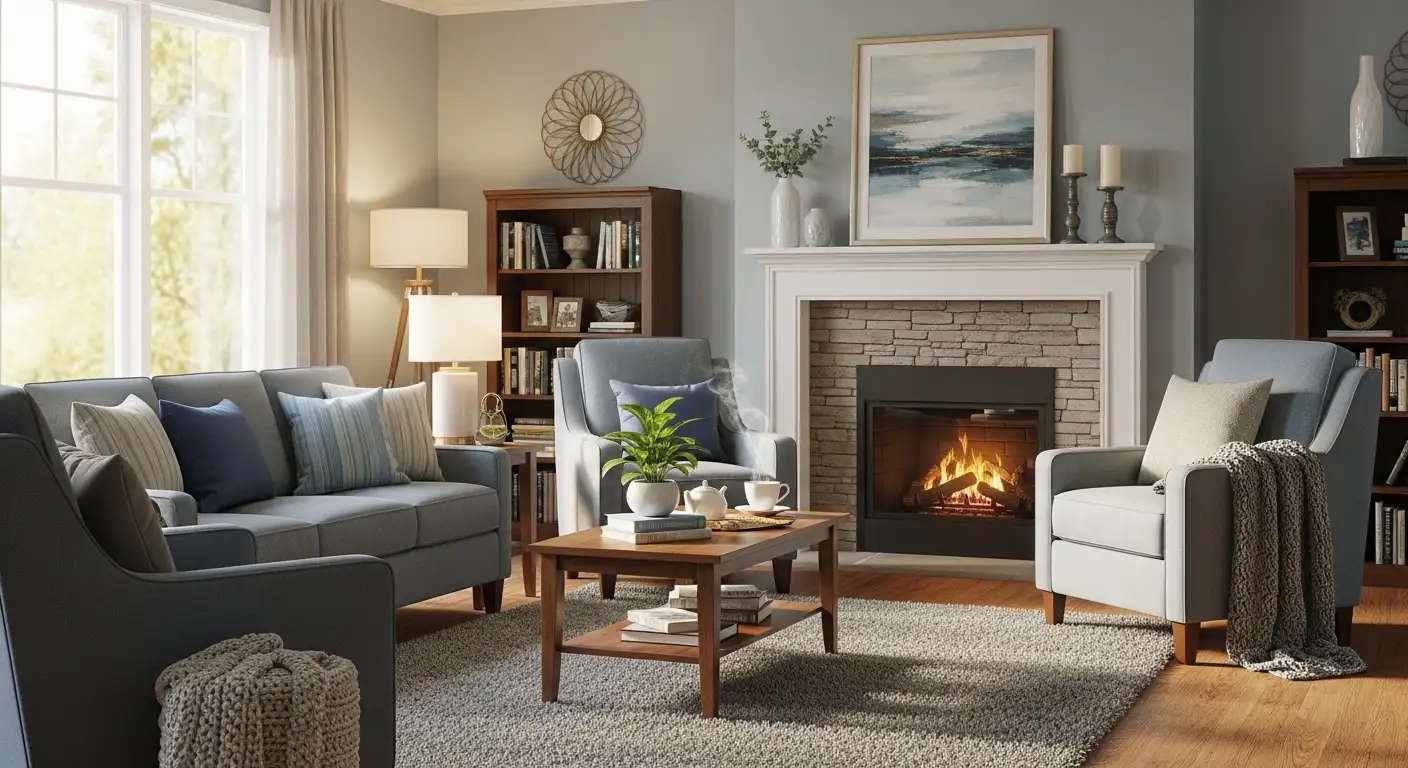
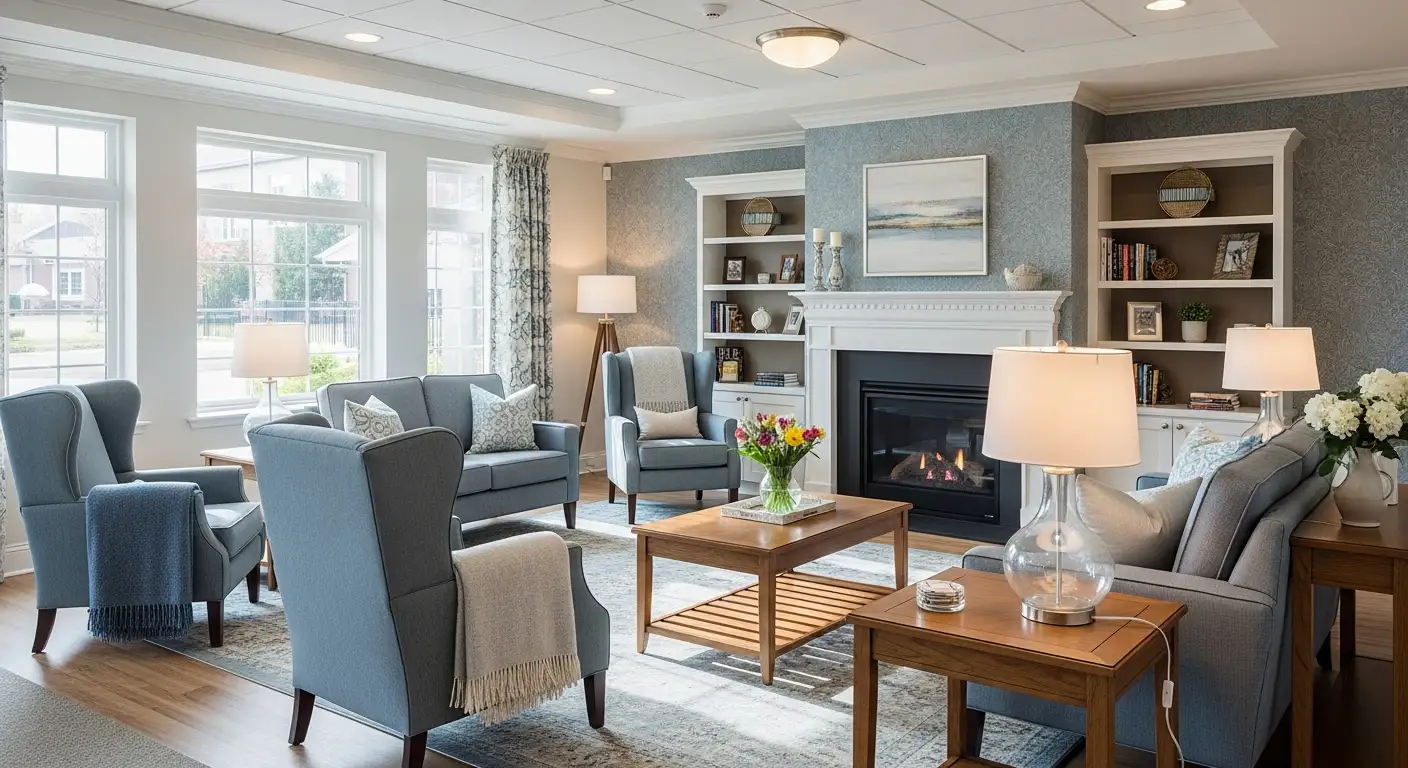


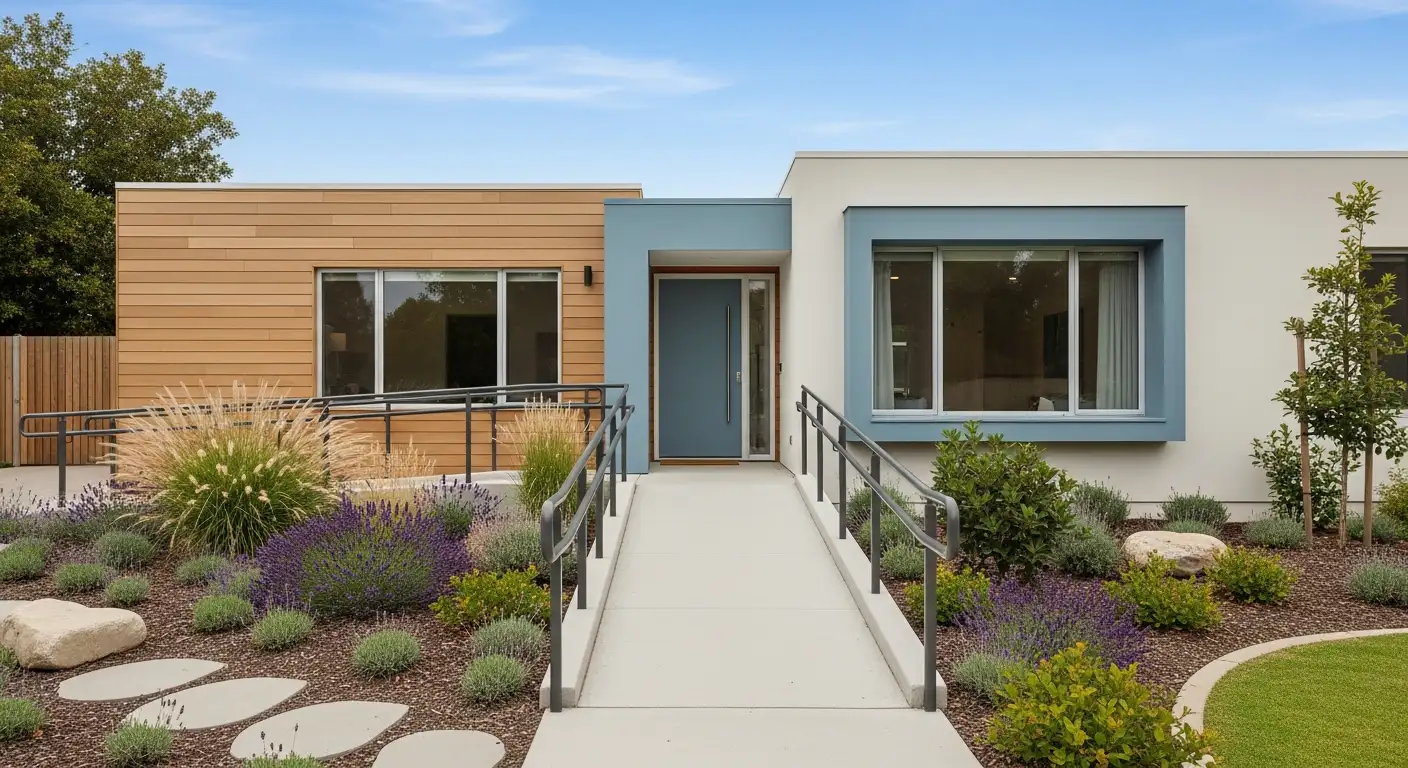


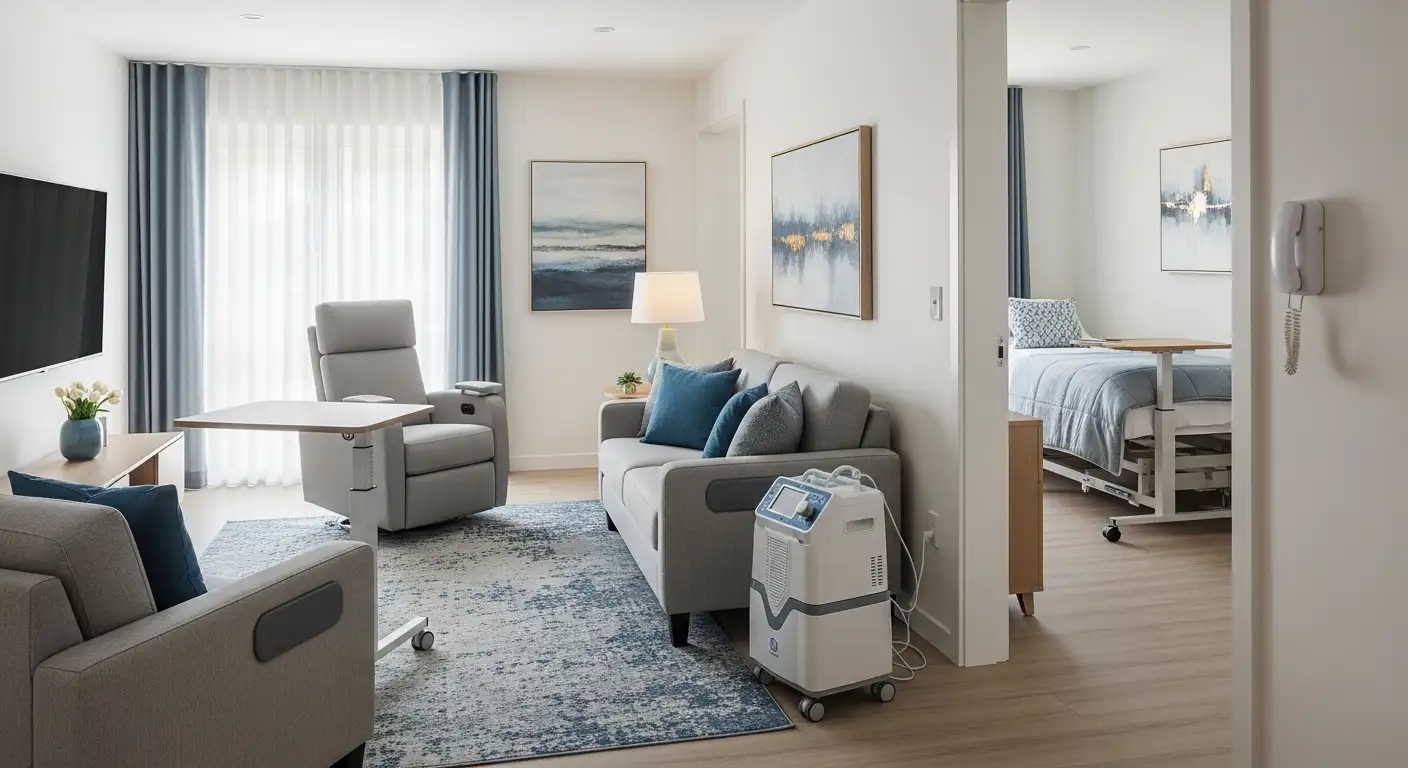
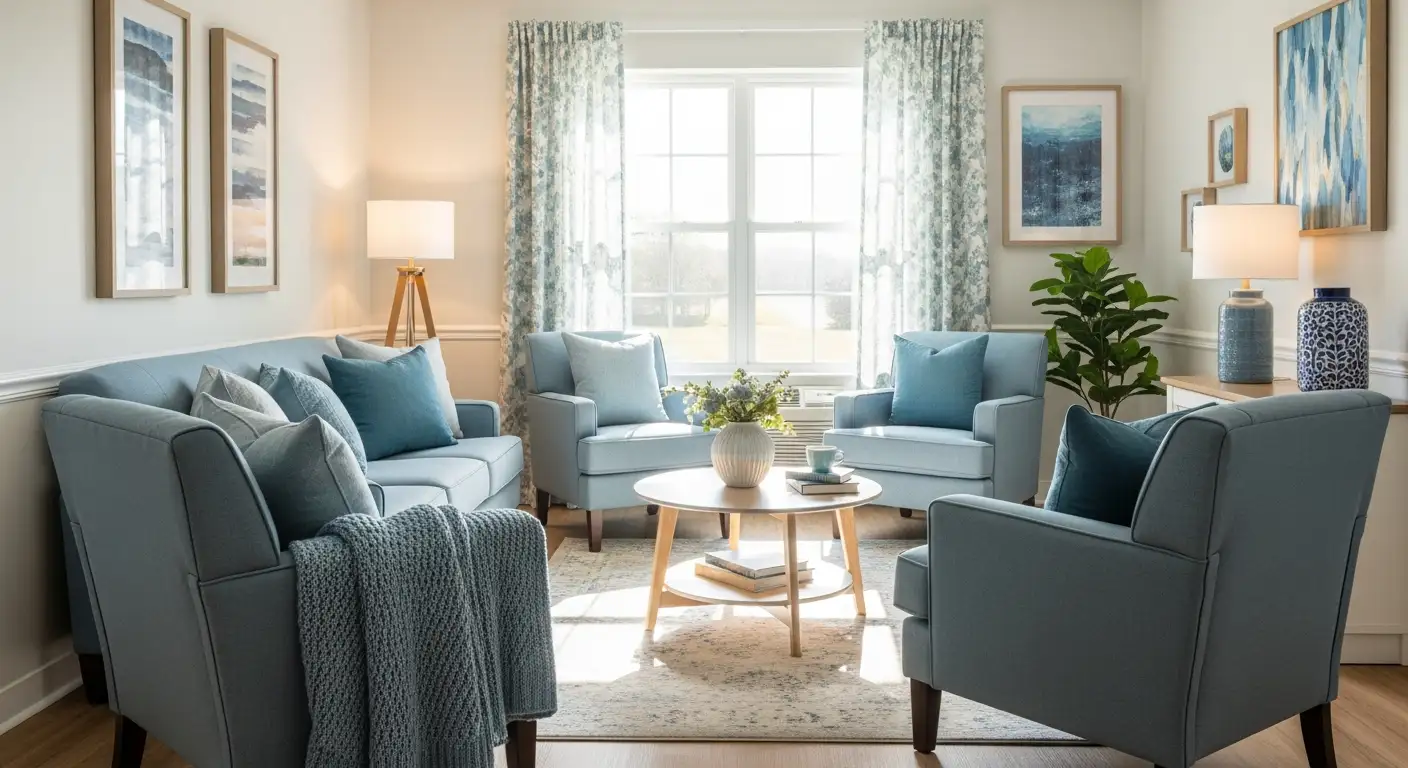
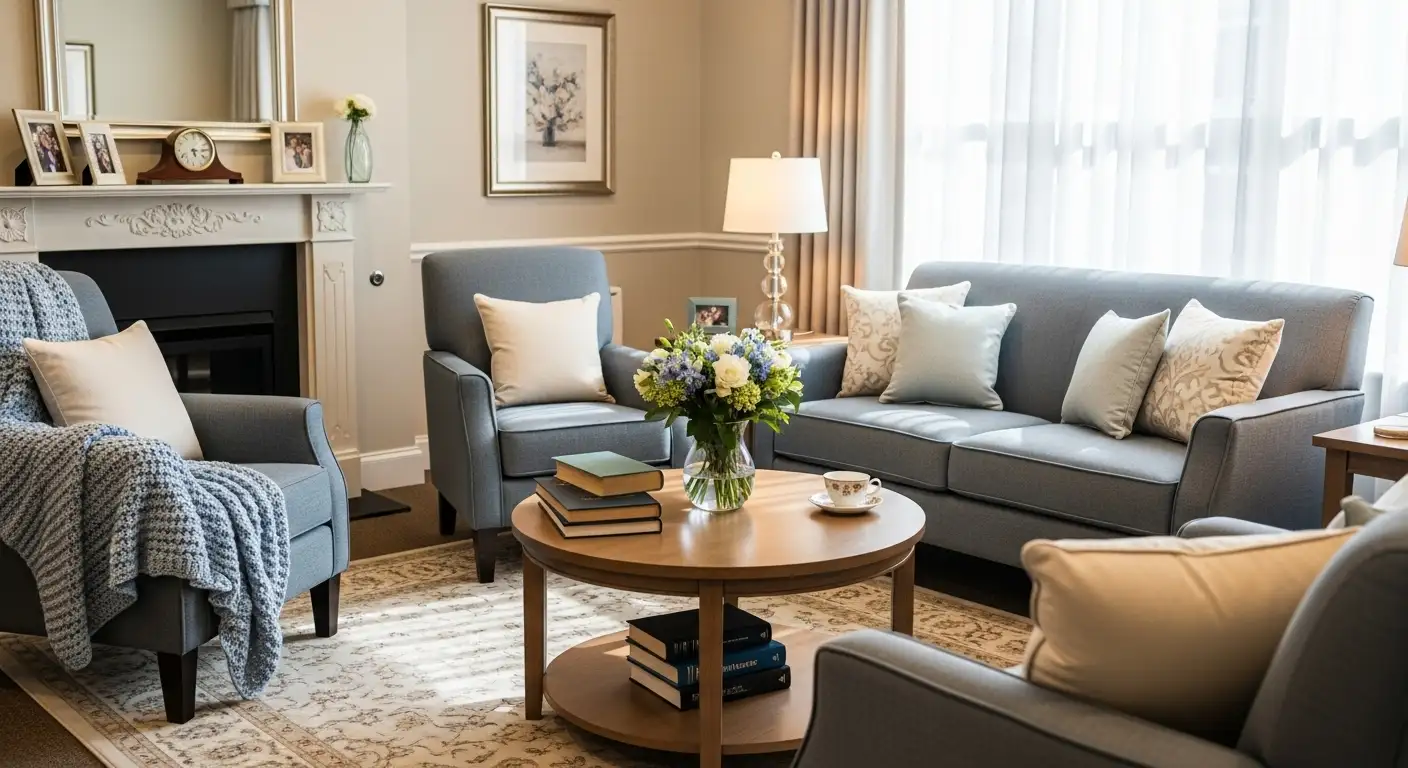
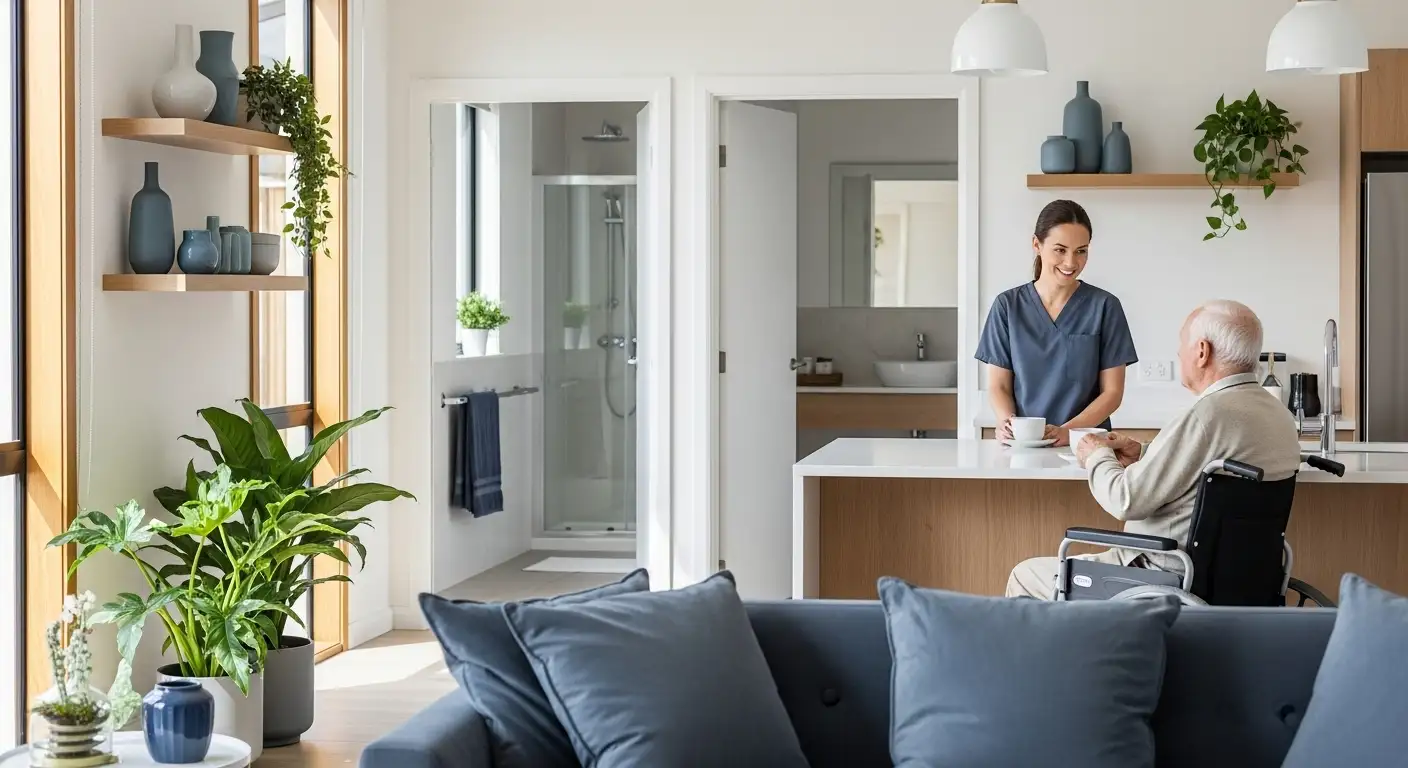








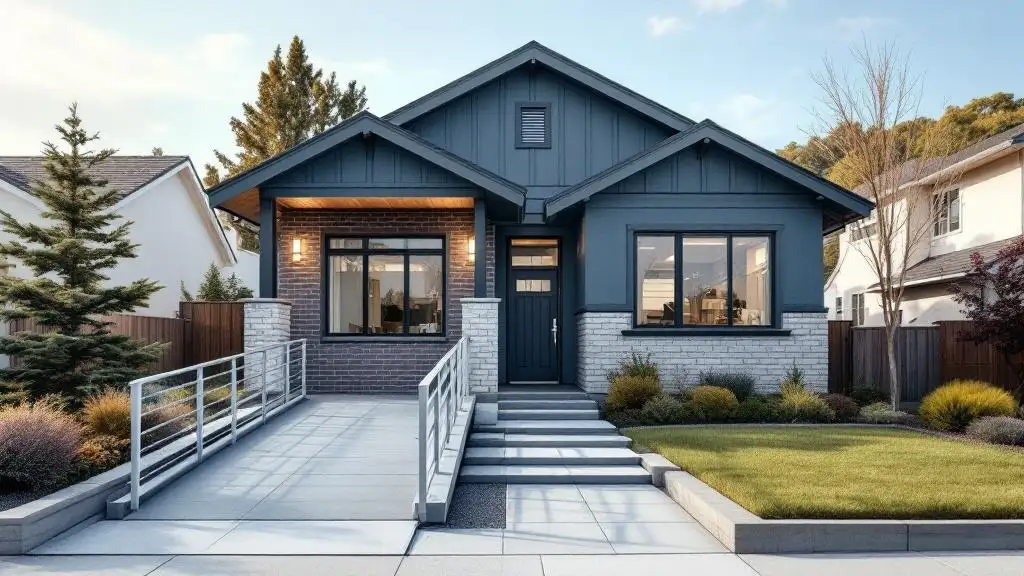

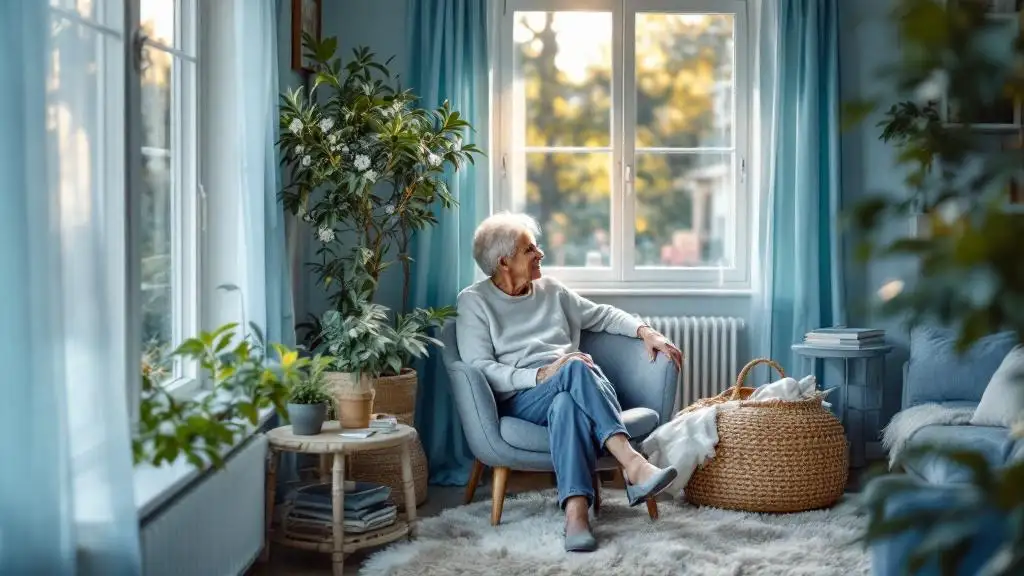




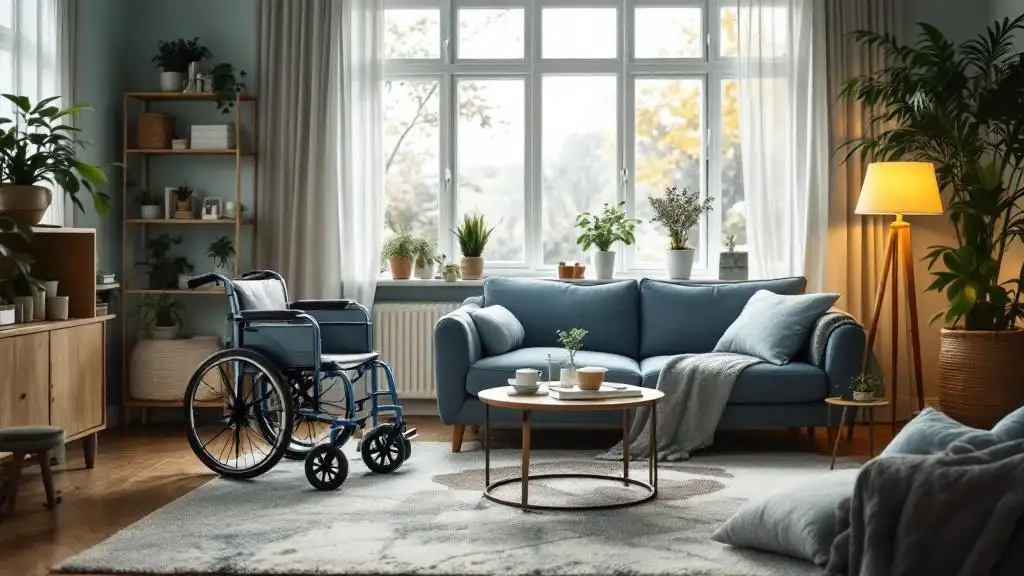

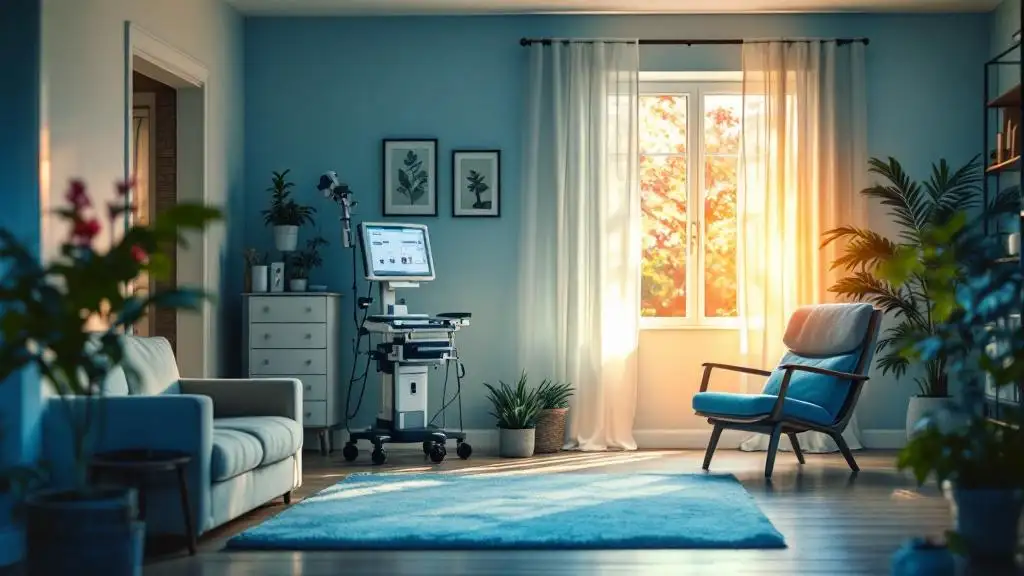

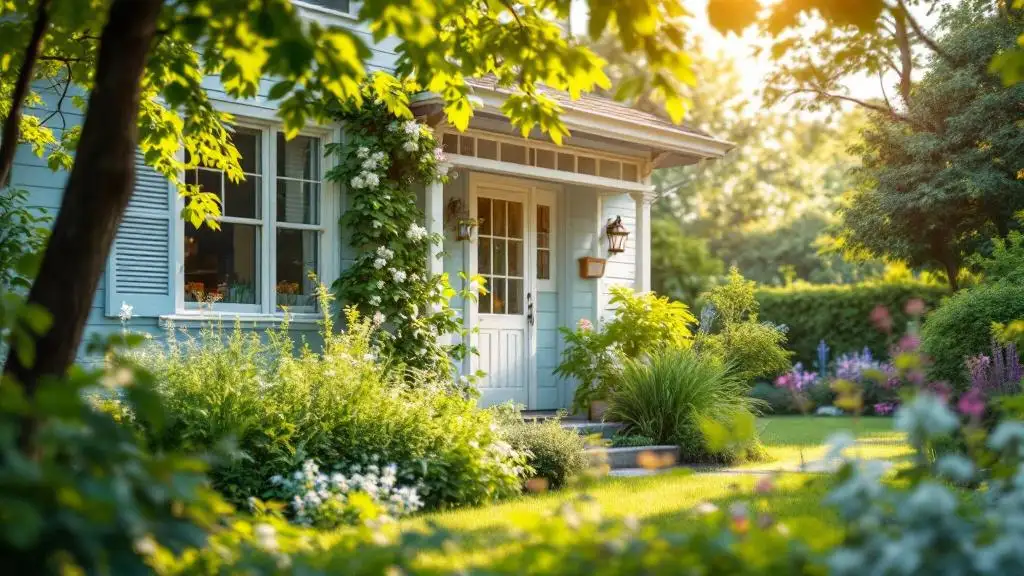


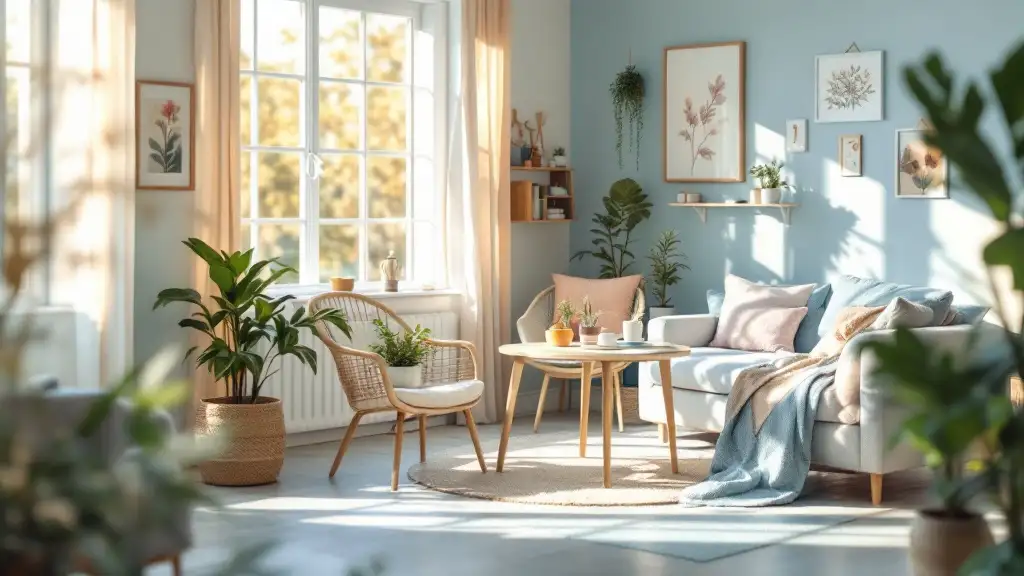


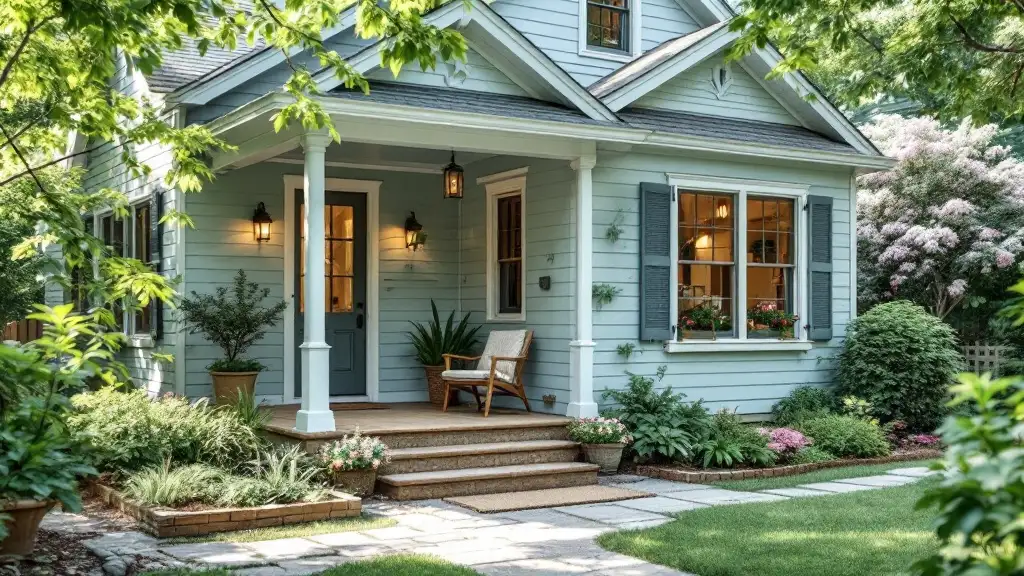
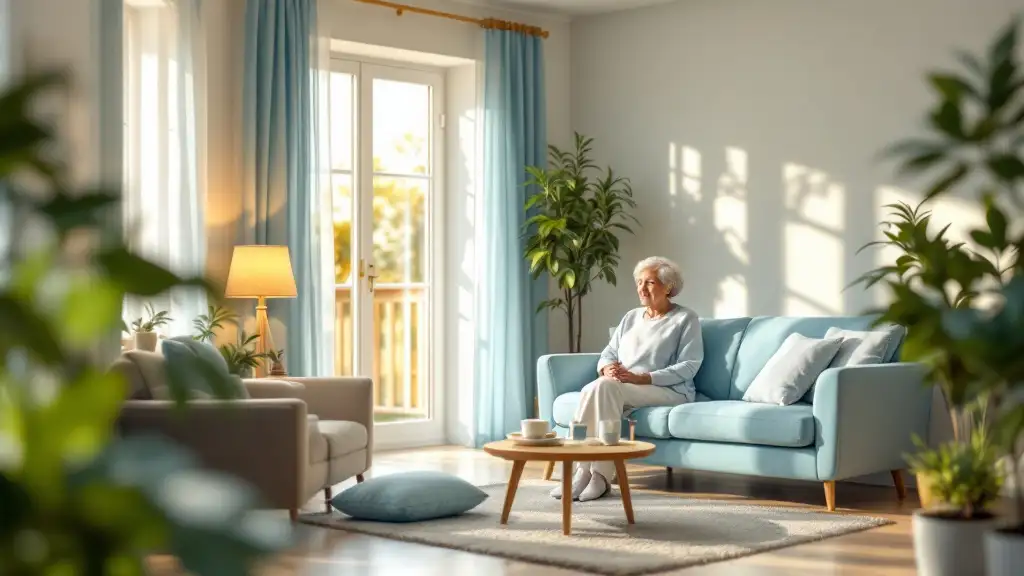



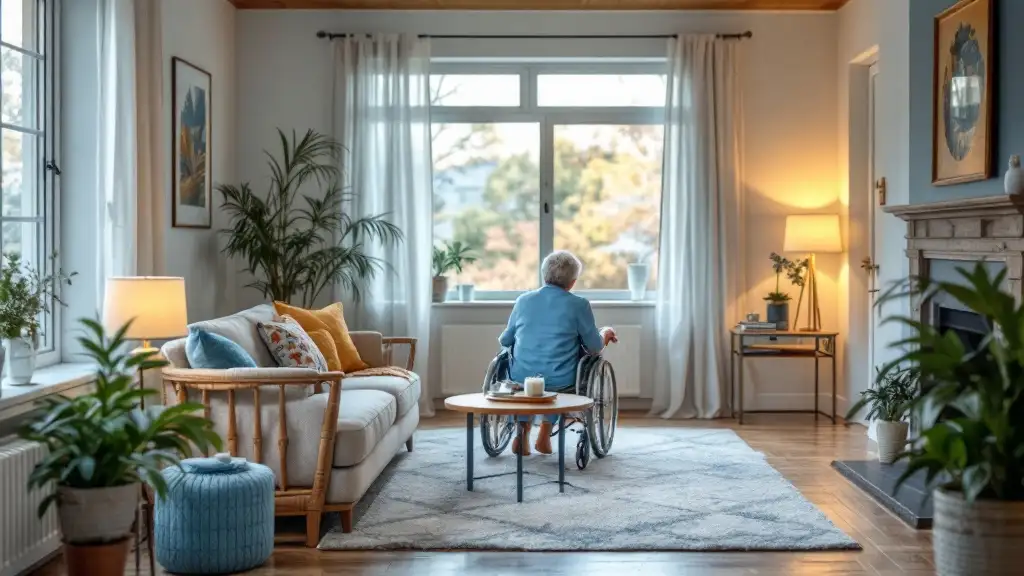











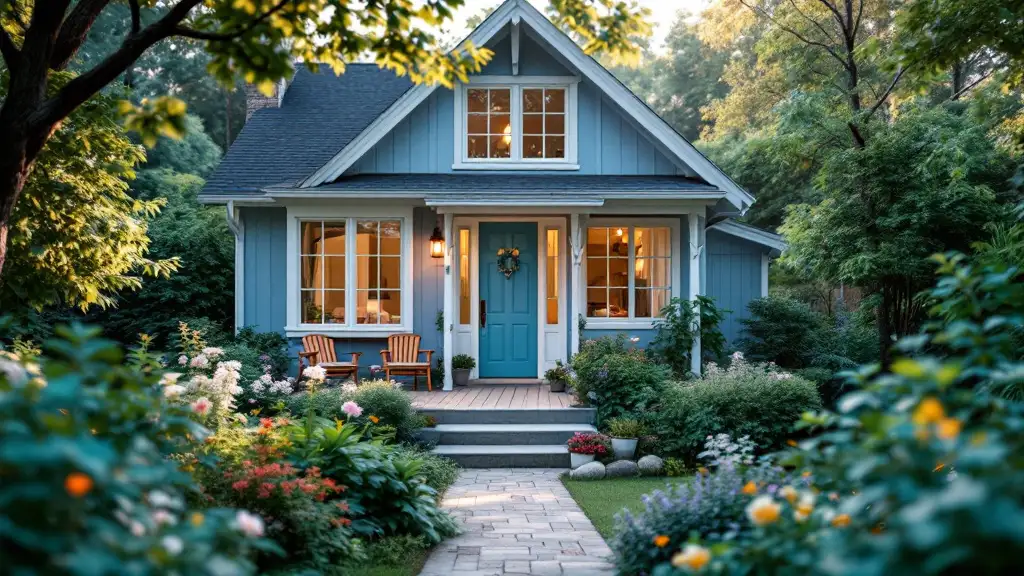




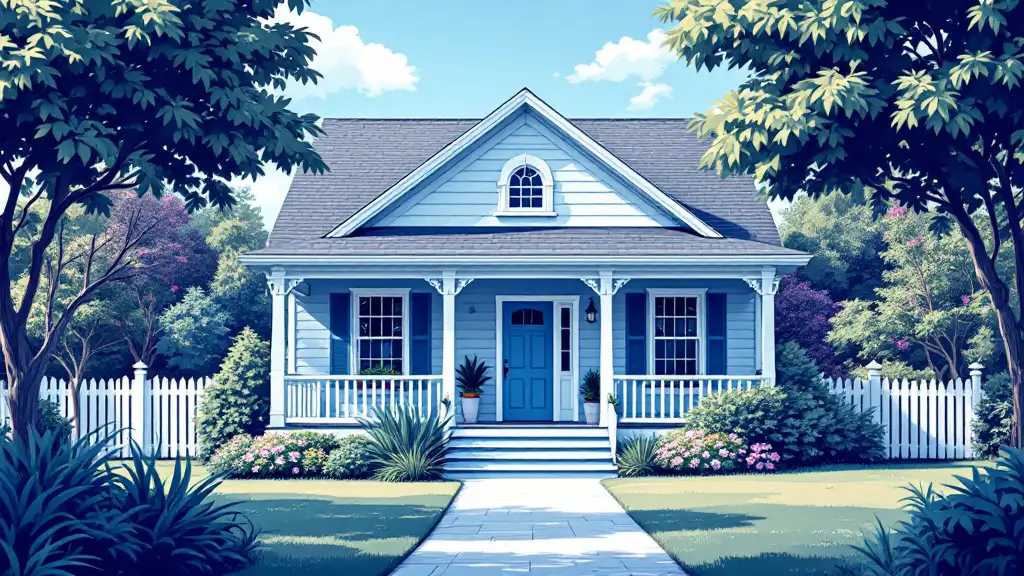

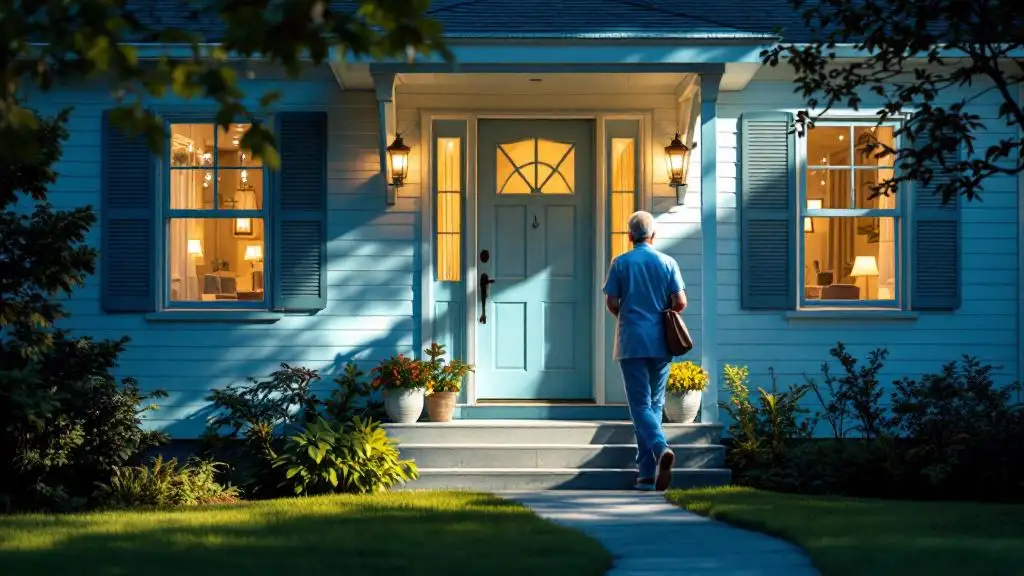
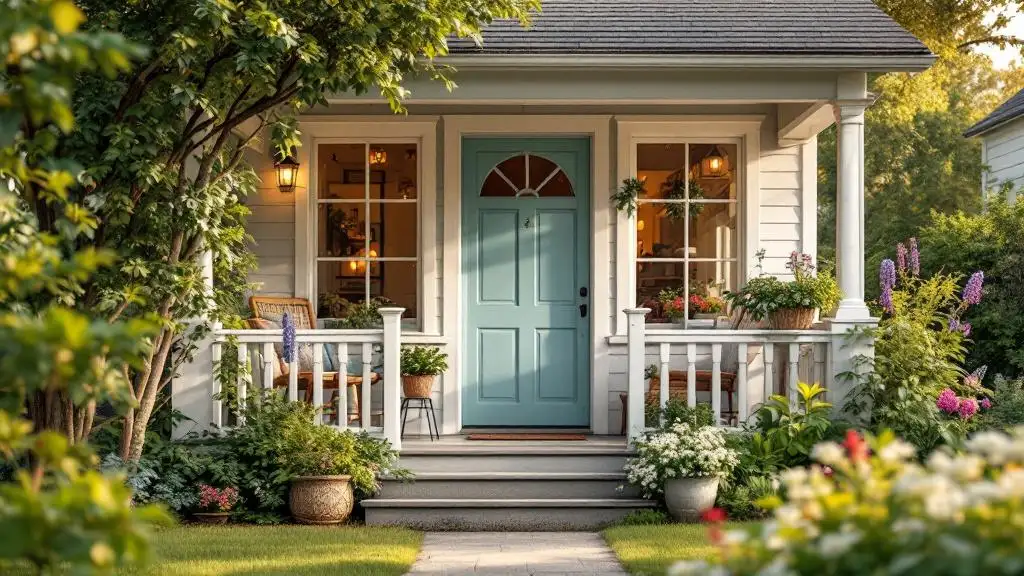
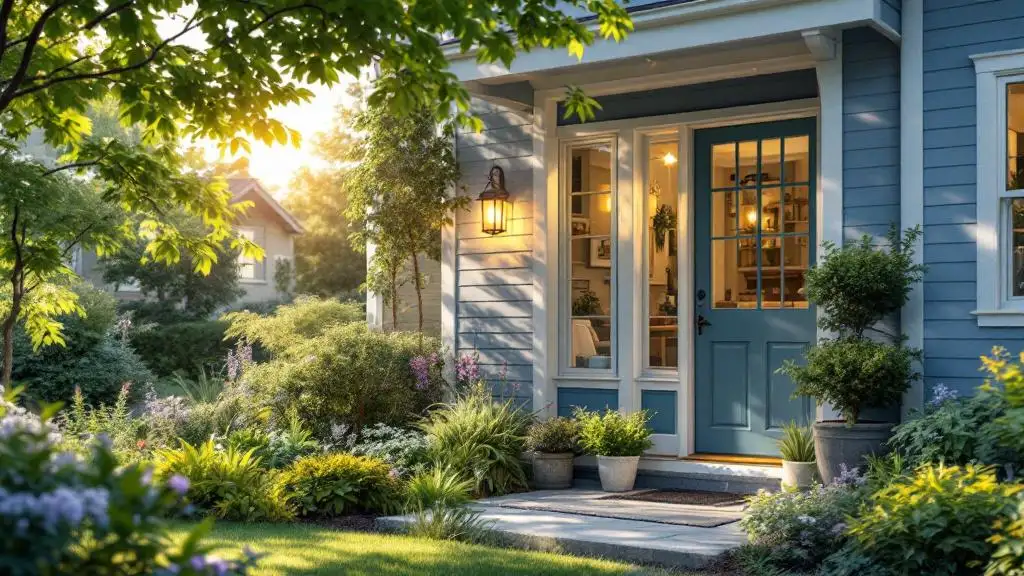


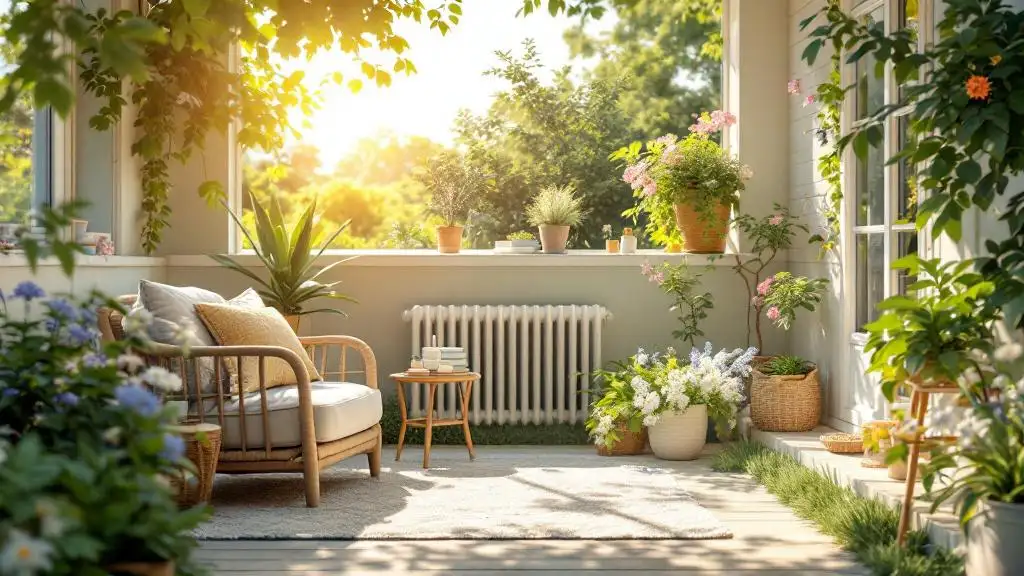

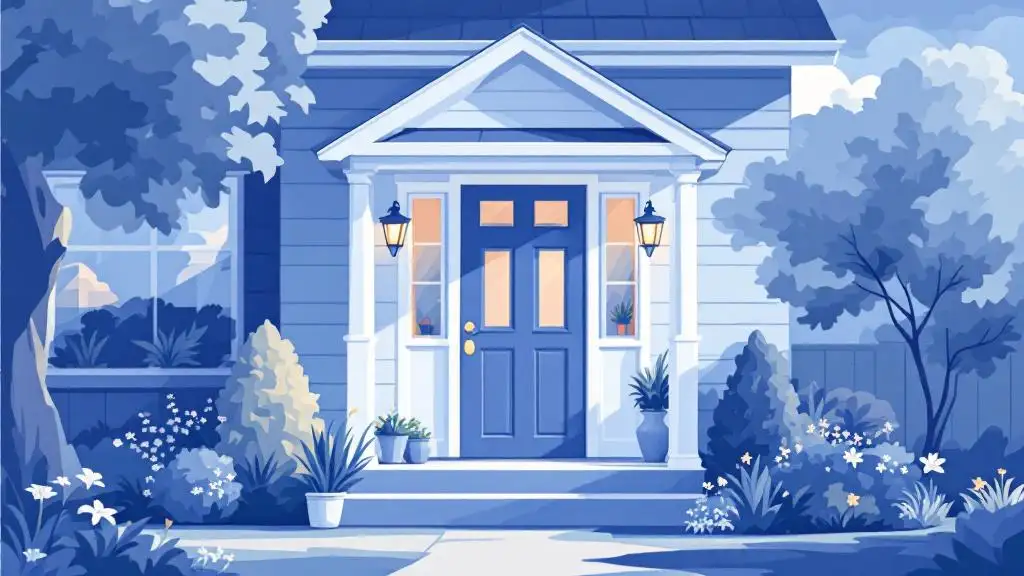

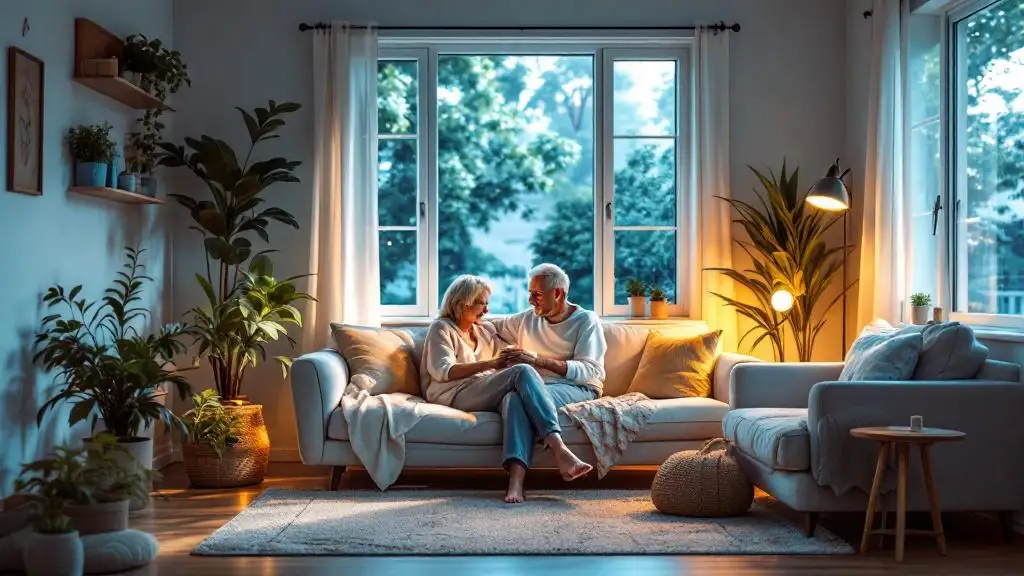



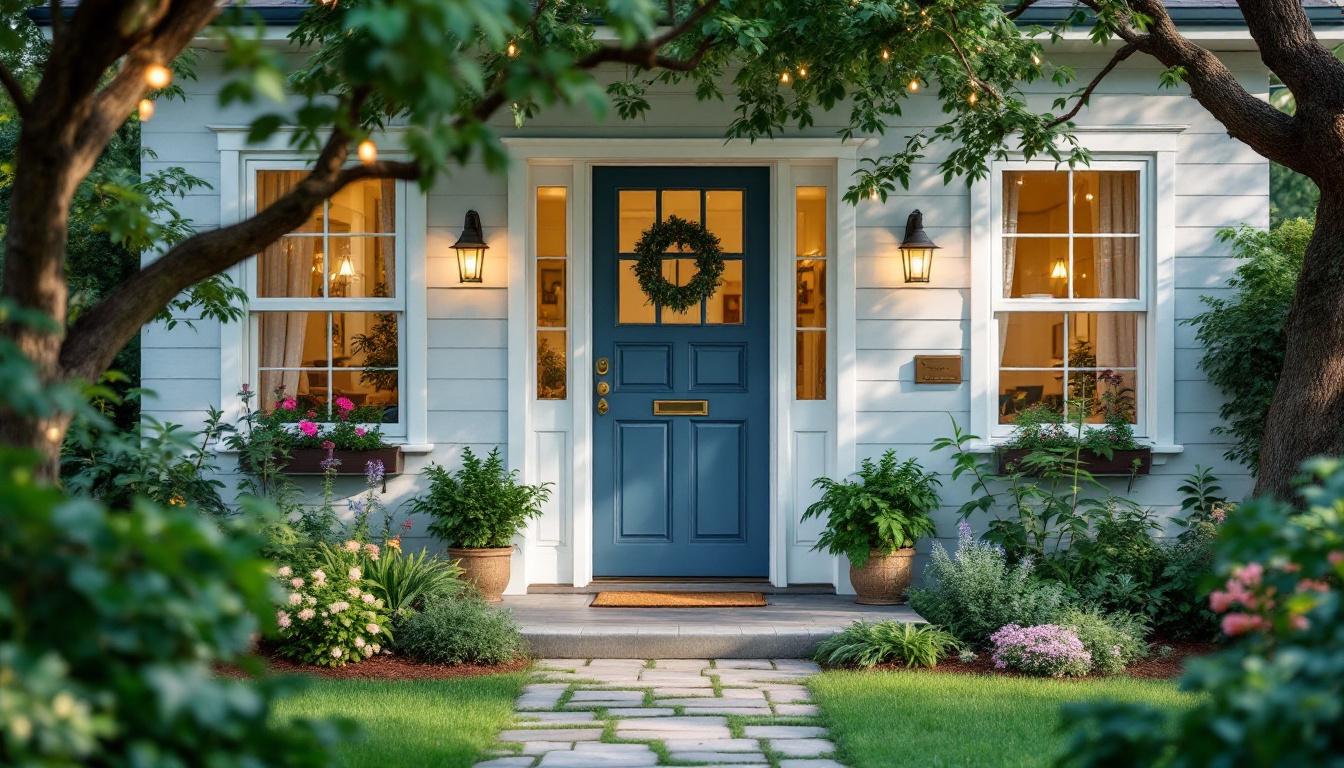






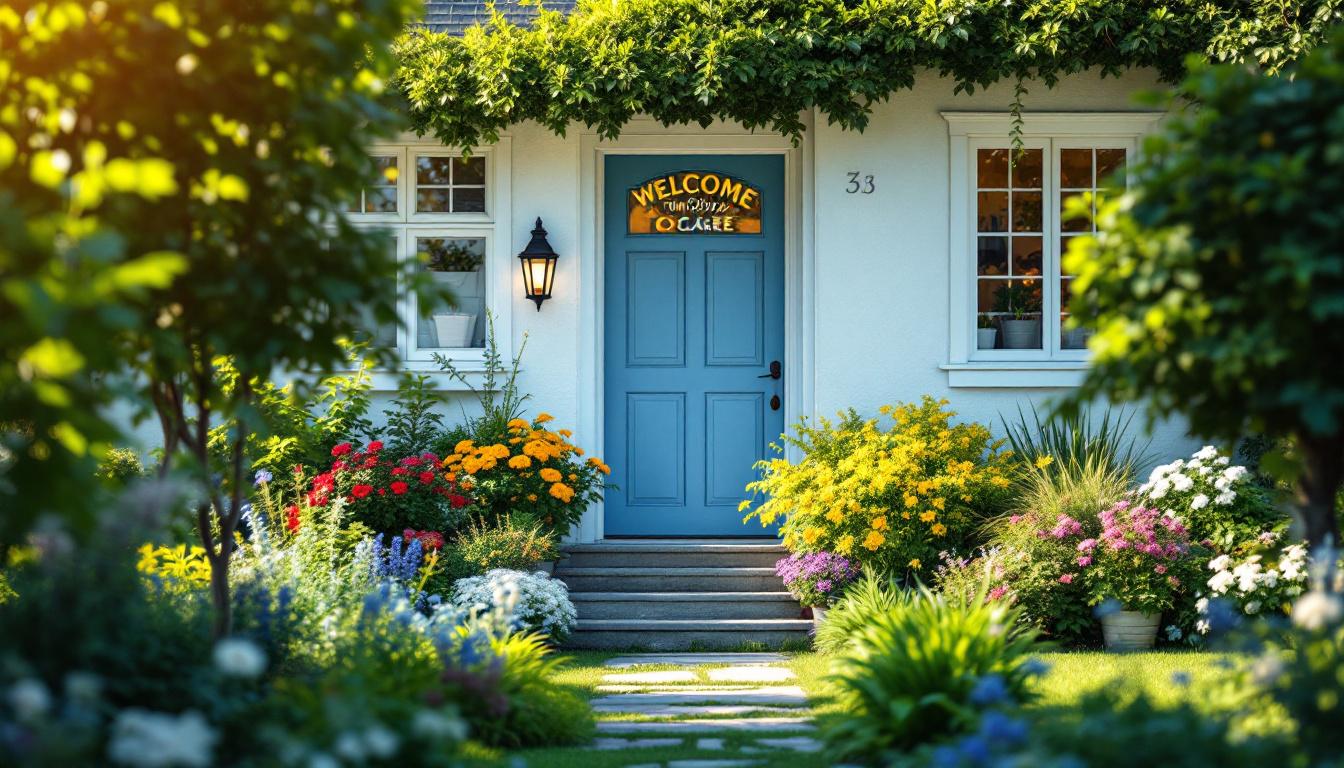

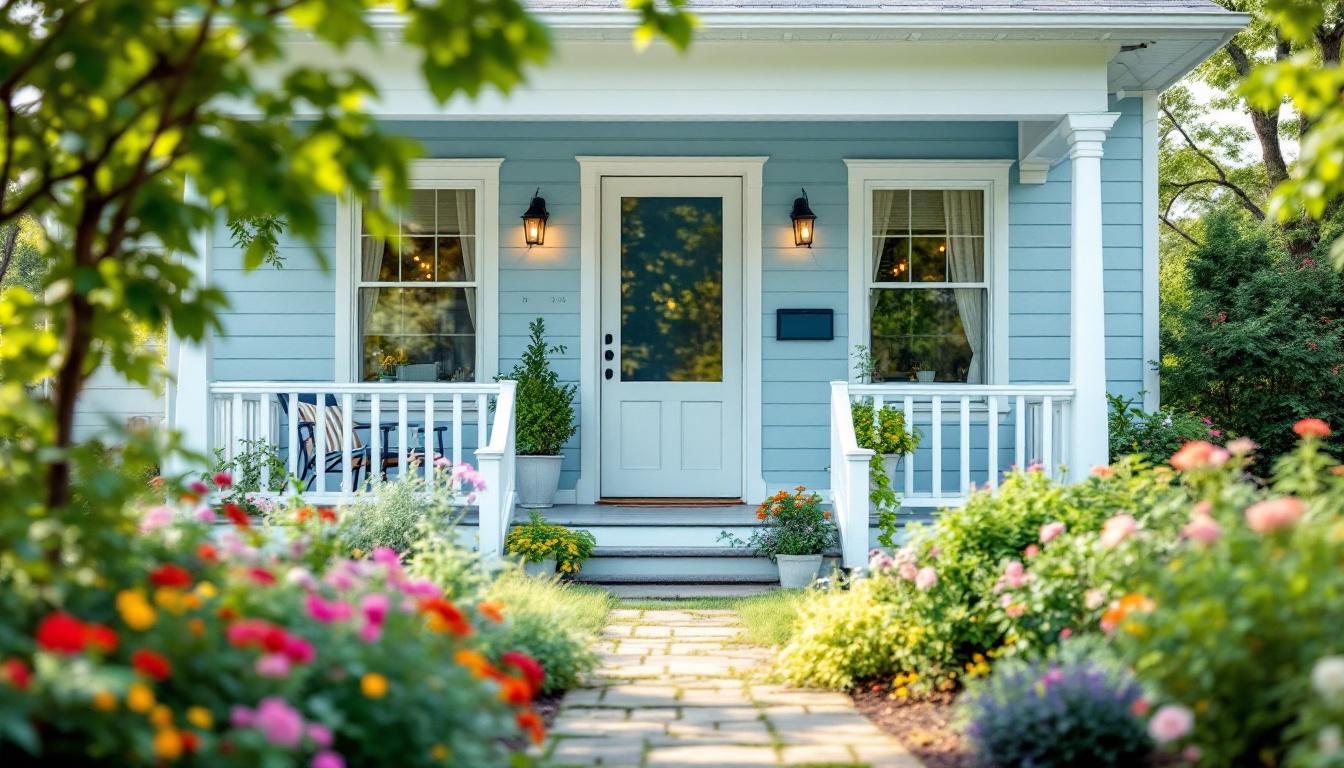
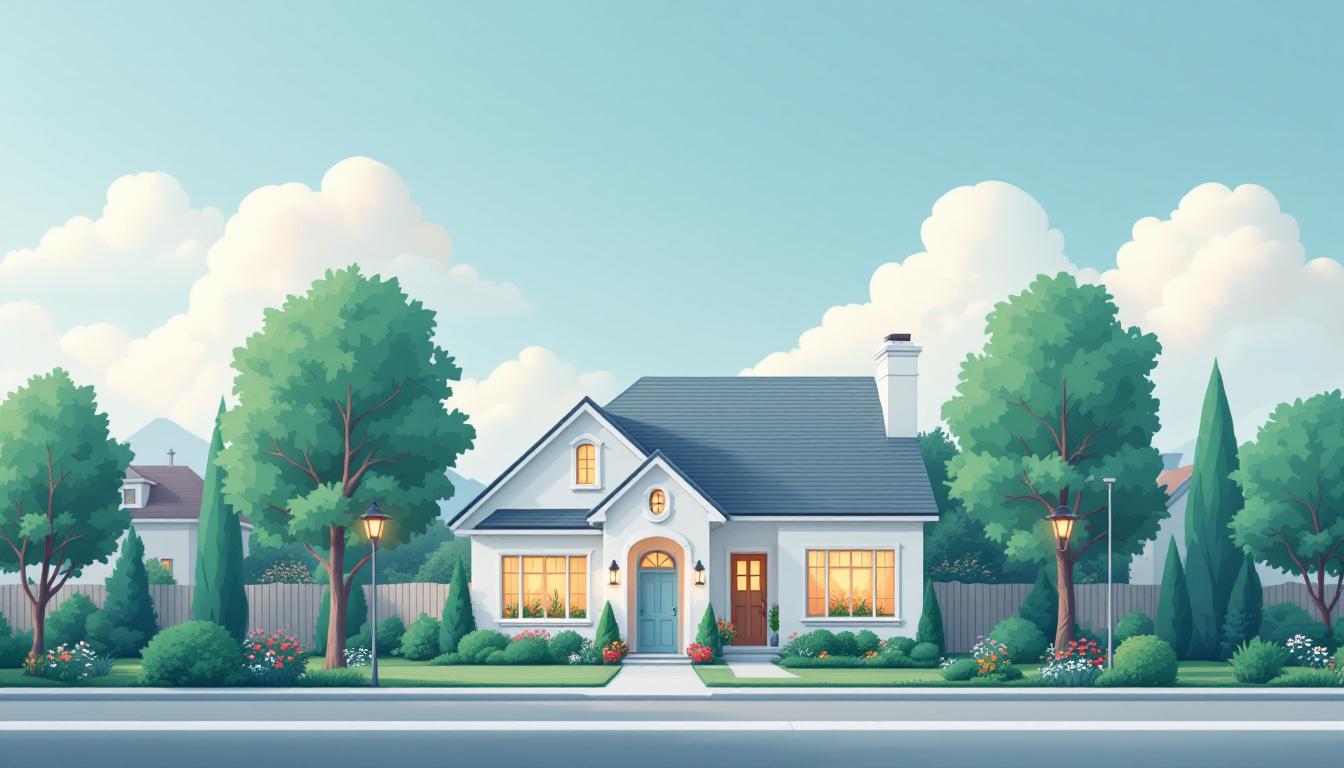


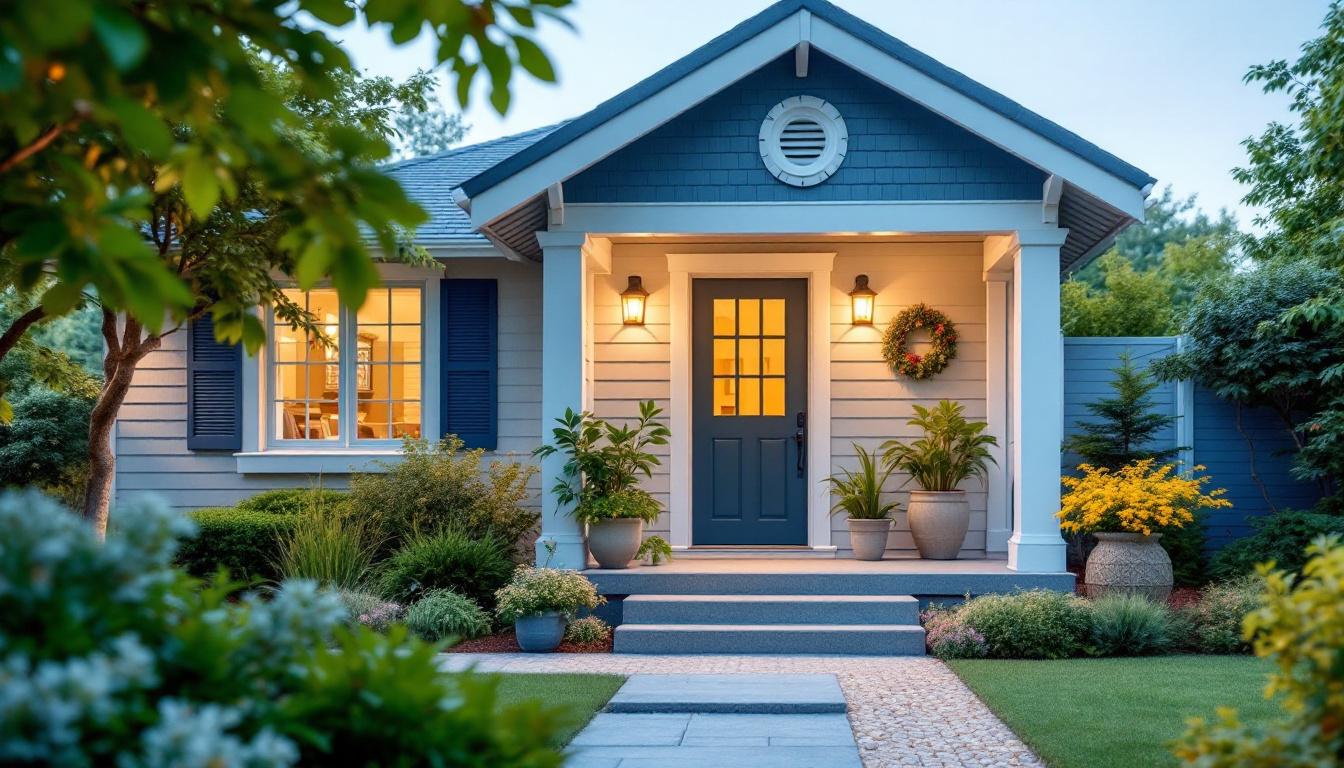

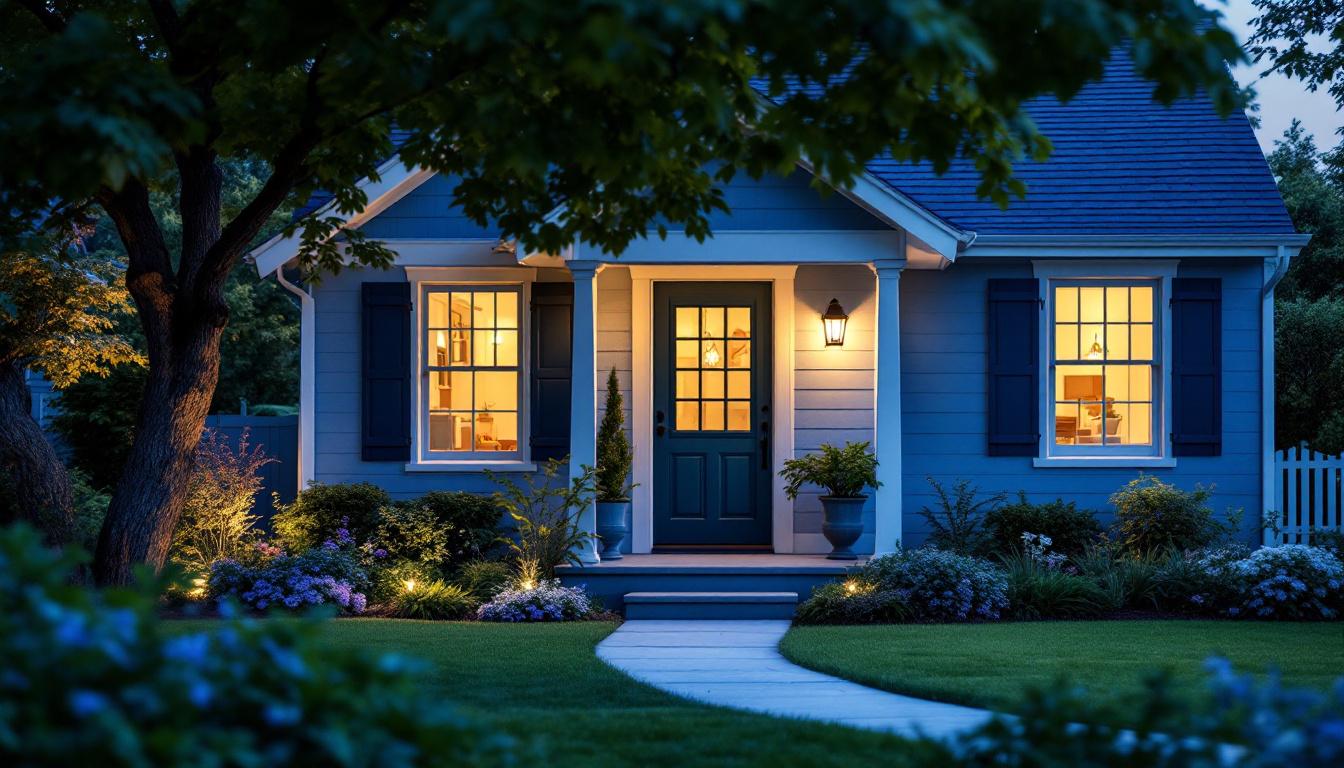


.avif)


